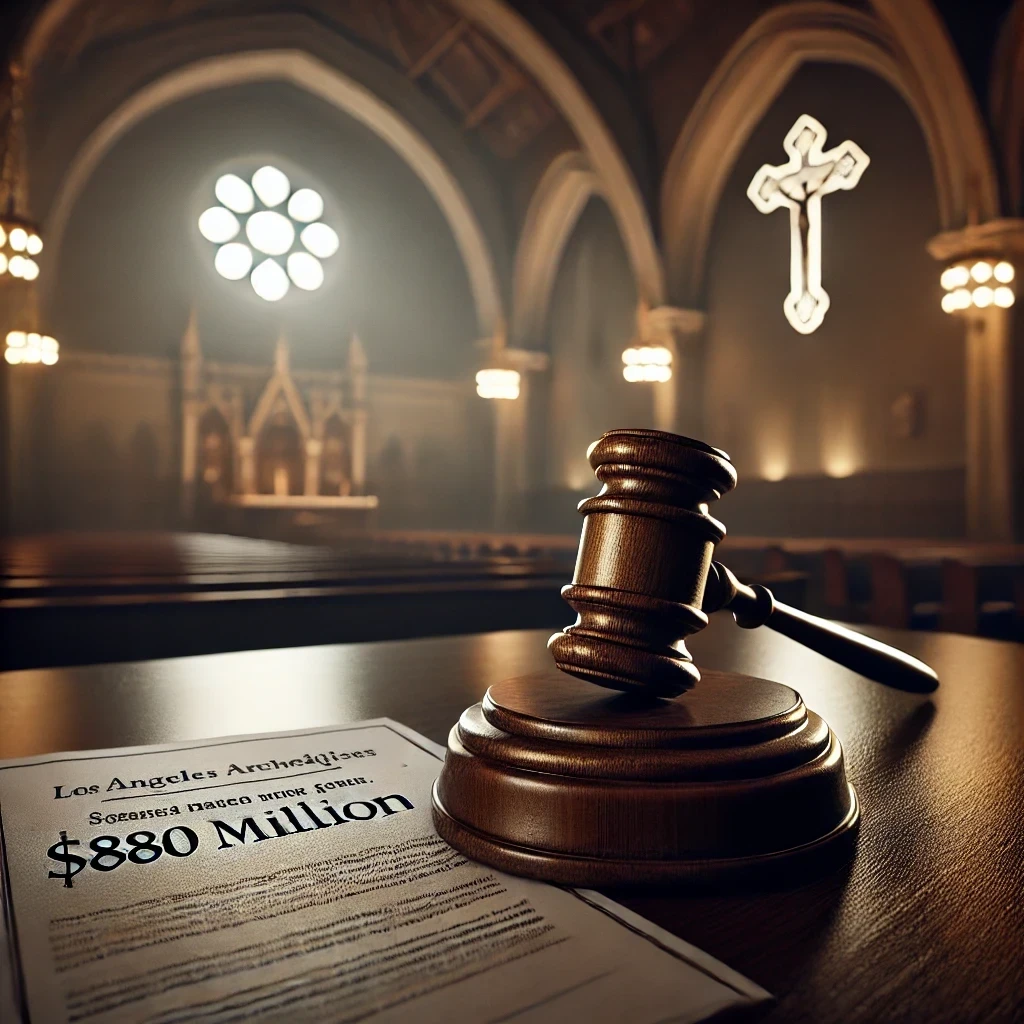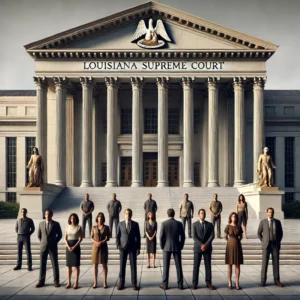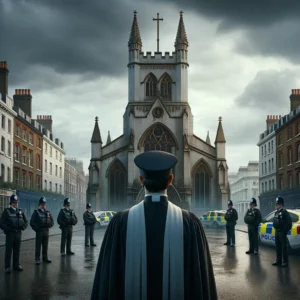A Legacy of Trauma: Understanding the LA Catholic Church Abuse Crisis
The Los Angeles Catholic Archdiocese, serving more than 4 million members as the nation’s largest diocese, has reached a historic and sobering milestone that reflects a dark chapter in religious institution history. With the recent announcement of an $880 million settlement, total payments to abuse victims have now surpassed $1.5 billion, marking an unprecedented financial reckoning for the Catholic Church in America. The magnitude of these settlements underscores not only the extensive scope of clergy misconduct but also the profound impact on thousands of lives across Southern California’s communities.
5 Key Points
- The Los Angeles Archdiocese, serving over 4 million members, has now paid the largest abuse settlement of any Catholic diocese in the nation.
- Nearly 2,500 survivors have come forward with abuse allegations, though experts suggest the actual number could be significantly higher.
- More than 500 clergy members have been named as perpetrators in abuse cases.
- A 2019 California law extending the statute of limitations for childhood sexual abuse claims contributed to the increased number of cases.
- Church documents uncovered systematic efforts to shield accused priests from law enforcement investigations.
Pattern of Concealment: How the Catholic Church Abuse Crisis Unfolded in LA
Recently uncovered church documents have exposed the intricate systems put in place to shield accused priests from criminal investigation within the Los Angeles Archdiocese. Msgr. Thomas Curry, who served as the archdiocese’s advisor on sex abuse cases, detailed these protection mechanisms in memos written during 1986 and 1987. These communications brought to light specific strategies to prevent law enforcement involvement, including deliberately avoiding therapists who might report crimes and orchestrating out-of-state assignments for accused priests. The systematic shuffling of clergy between parishes created a dangerous cycle that allowed exploitation to continue unchecked. Internal records demonstrate that church officials were acutely aware of the legal risks yet prioritized protecting the institution over safeguarding children. This pattern of concealment particularly impacted immigrant communities, where accused priests were often reassigned, taking advantage of vulnerable populations less likely to report misconduct.
While these institutional patterns emerged throughout the archdiocese, the responsibility was ultimately traced to its highest levels of leadership.
Leadership Accountability: Cardinal Mahony’s Troubled Legacy
Cardinal Roger Mahony’s tenure as archbishop of Los Angeles presents a stark contrast between public perception and private actions. While outwardly championing social and economic justice causes throughout the 1980s and 1990s, internal documents paint a different picture of his leadership. Despite receiving direct confessions from accused priests, Mahony consistently chose administrative solutions over criminal reporting. In a 2013 letter, Mahony acknowledged making “mistakes” but defended his actions by citing standard diocesan procedures of the time, which included removing priests from active ministry and referring them to treatment centers. He claimed ignorance about the ineffectiveness of these methods, stating that his background hadn’t prepared him for handling such situations. The gravity of his mishandling led to an unprecedented action in 2013 when Archbishop Jose Gomez stripped Mahony of all public duties, marking the first time in American Catholic Church history that such measures were taken against a cardinal. This punishment reflected the severity of leadership failures in protecting vulnerable community members.
Systematic Failure: Notable Cases of Institutional Negligence
The case of Father Michael Baker exemplifies the systemic failures within the LA Catholic Church abuse crisis. Baker underwent treatment after confessing to Mahony in 1986 but returned to ministry in 1987. Despite restrictions against being alone with children, Baker violated these directives multiple times, all documented by archdiocesan personnel. The church’s handling of Baker’s case became particularly controversial when it was brought to light that the archdiocese secretly paid $1.3 million to two of his victims in 2000. Baker eventually faced criminal charges, pleading guilty in 2007 to abusing two boys and receiving a 10-year prison sentence. Another egregious case involved Msgr—Peter Garcia, who admitted to specifically targeting undocumented children in Spanish-speaking parishes. Rather than reporting Garcia to authorities, Mahony advised him to avoid California to prevent legal consequences. Garcia left the priesthood in 1989 without facing prosecution and died in 2009, leaving a trail of traumatized victims.
Financial Toll: The Billion-Dollar Impact of Church Abuse Settlements
The recent $880 million settlement represents more than a financial milestone; it signifies the most extensive recognition of institutional failure in American Catholic Church history. The Los Angeles Archdiocese’s total payout of $1.5 billion reflects both its position as the nation’s largest archdiocese and California’s progressive approach to abuse claims. The 2019 legislative change that extended the statute of limitations for childhood sexual abuse claims has proven crucial in allowing survivors to seek justice. This legal modification has distinguished California’s handling of victimization cases from other states, leading to more comprehensive accountability. The financial burden has forced the archdiocese to reevaluate its assets and operations. At the same time, victims’ advocates argue that no monetary amount can truly compensate for the decades of trauma inflicted on survivors. Attorney Mike Reck notes that while Los Angeles’s caseload appears extreme, it might simply reflect better documentation and more thorough investigation compared to other dioceses rather than a higher abuse rate.
FAQ
Q: Do you qualify for a clergy abuse lawsuit?
A: To see if you qualify, click here.
Q: How many victims have come forward in the Los Angeles Archdiocese abuse cases?
A: Nearly 2,500 people have alleged abuse, though experts suggest the actual number could be significantly higher.
Q: What is the total amount the Los Angeles Archdiocese paid in abuse settlements?
A: With the recent $880 million settlement, the total payout has exceeded $1.5 billion.
Q: How many priests have been accused of abuse in the Los Angeles Archdiocese?
A: According to the Survivors Network of Those Abused by Priests, more than 500 clergy members have been named as abusers.
Q: What legal changes affected the number of cases filed?
A: A 2019 California law extended the statute of limitations for childhood sexual abuse claims, allowing more survivors to come forward.
Q: What actions were taken against Cardinal Mahony?
A: In 2013, Archbishop Jose Gomez relieved Mahony of all public duties due to his mishandling of the abuse scandal.
Citations
Winton, R., & Fry, H. (2024, October 19). L.A. Catholic church covered up molesting priests for decades. The price: $1.5 billion and so much pain. Los Angeles Times. https://www.latimes.com/california/story/2024-10-19/hundreds-of-accused-priests-and-a-1-5-billion-payout-how-did-the-los-angeles-archdiocese-get-here






